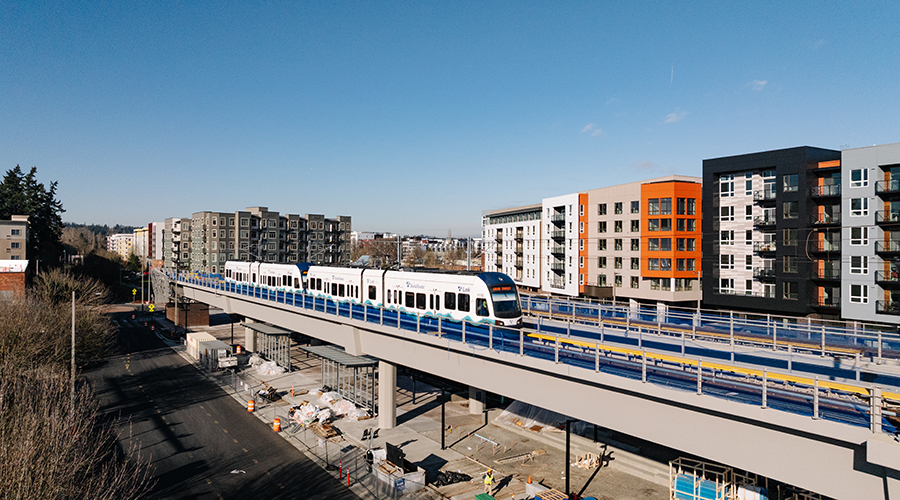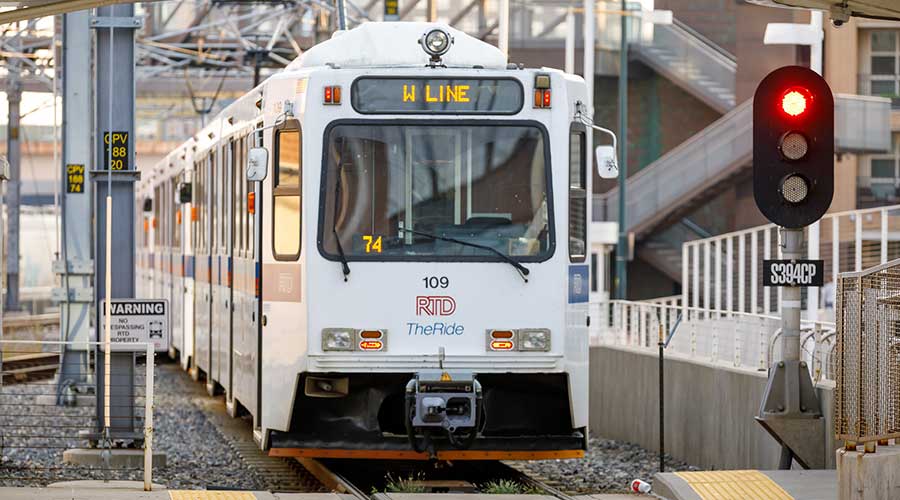Newsletter Sign Up
Stay updated on news, articles and information for the rail industry
Stay updated on news, articles and information for the rail industry
Rail News Home
Rail Industry Trends
Rail News: Rail Industry Trends
7/2/2008
Rail News: Rail Industry Trends
More freight on rail, less on highways can cut motorists' fuel usage, traffic congestion study shows
advertisement
With diesel prices at an all-time high, freight railroads continue to seek ways to reduce fuel usage. Motorists are trying to cut back on their fuel consumption, too, as gasoline prices soar toward $5 per gallon. And freight rail can play a major part in drivers’ fuel conservation efforts.
If 25 percent of the nation's freight volume is shifted from truck to rail by 2026, commuting motorists could save an average of $985 in fuel costs annually because they would spend less time on gridlocked highways, according to the seventh annual Congestion Relief Index, a study of traffic congestion in 82 major urban areas.
Commuters also could save 41 hours in time spent in their cars and 79 gallons of fuel each year, the study shows. In addition, the freight shift could reduce air pollutants by about 920,500 tons annually.
"Because one intermodal train can take nearly 300 trucks off our highways, shifting freight from trucks to trains reduces competition between commuters, drivers and freight traffic for space on the road," said Wendell Cox, the study's author and principal of market research and urban policy consultancy Demographia, in a prepared statement. "Freeing up space on our highways increases the flow of traffic and saves commuters' time, money and gasoline."
If 25 percent of the nation's freight volume is shifted from truck to rail by 2026, commuting motorists could save an average of $985 in fuel costs annually because they would spend less time on gridlocked highways, according to the seventh annual Congestion Relief Index, a study of traffic congestion in 82 major urban areas.
Commuters also could save 41 hours in time spent in their cars and 79 gallons of fuel each year, the study shows. In addition, the freight shift could reduce air pollutants by about 920,500 tons annually.
"Because one intermodal train can take nearly 300 trucks off our highways, shifting freight from trucks to trains reduces competition between commuters, drivers and freight traffic for space on the road," said Wendell Cox, the study's author and principal of market research and urban policy consultancy Demographia, in a prepared statement. "Freeing up space on our highways increases the flow of traffic and saves commuters' time, money and gasoline."


 LRW Honors Amtrak’s Acheson As Railway Woman Of The Year
LRW Honors Amtrak’s Acheson As Railway Woman Of The Year
 From Editor-In-Chief Foran: Of Gender Equity And Inclusion
From Editor-In-Chief Foran: Of Gender Equity And Inclusion
 Spotlight On Some Of Today’s Rail Safety Products
Spotlight On Some Of Today’s Rail Safety Products
 Women of Influence in Rail eBook
Women of Influence in Rail eBook
 railPrime
railPrime







